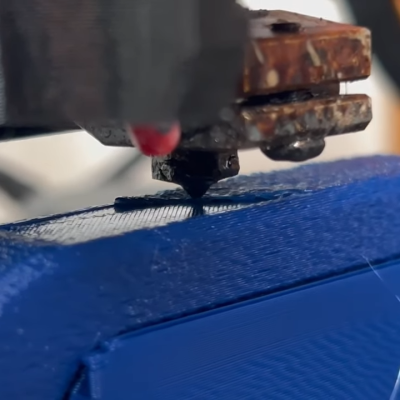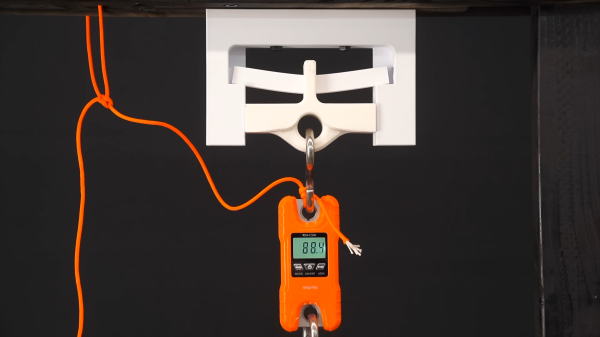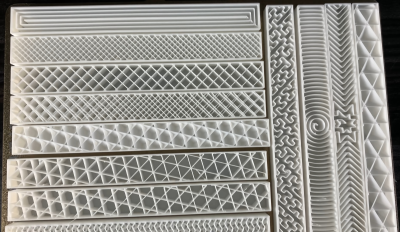Some slicers have introduced brick layers, and more slicers plan to add them. Until that happens, you can use this new script from [Geek Detour] to get brick layer goodness on Prusa, Orca, and Bambu slicers. Check out the video below for more details.
The idea behind brick layers is that outer walls can be stronger if they are staggered vertically so each layer interlocks with the layer below it. The pattern resembles a series of interlocking bricks and can drastically increase strength. Apparently, using the script breaks the canceling object functionality in some printers, but that’s a small price to pay. Multi-material isn’t an option either, but — typically — you’ll want to use the technique on functional parts, which you probably aren’t printing in colors. Also, the Arachne algorithm option only works reliably on Prusa slicer, so far.
The video covers a lot of detail on how hard it was to do this in an external script, and we are impressed. It should be easier to write inside the slicer since it already has to figure out much of the geometry that this script has to figure out by observation.
If you want more information, we’ve covered brick layers (and the controversy around them) back in November. Of course, scripts that add functions to slicers, tend to get outdated once the slicers catch up.




















